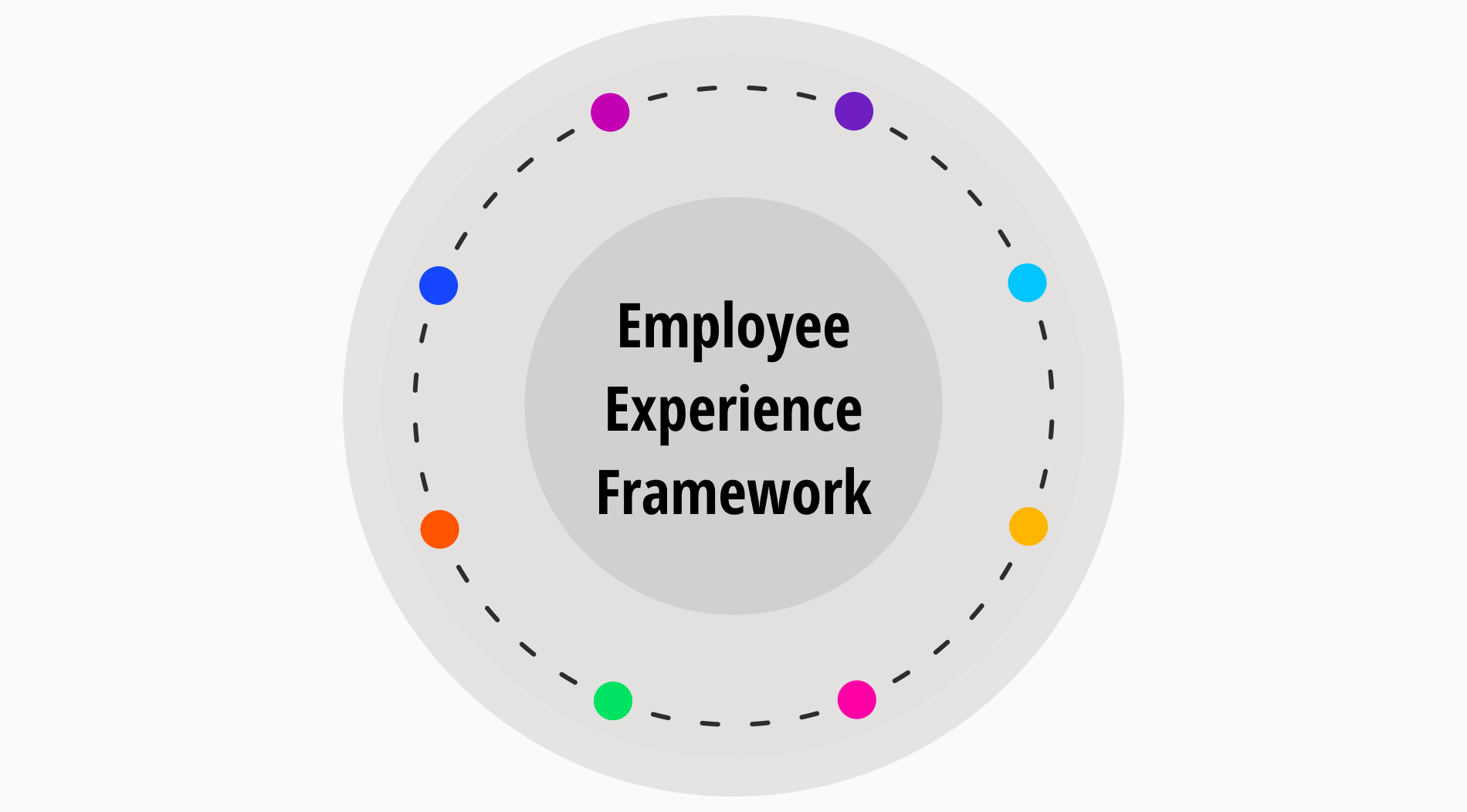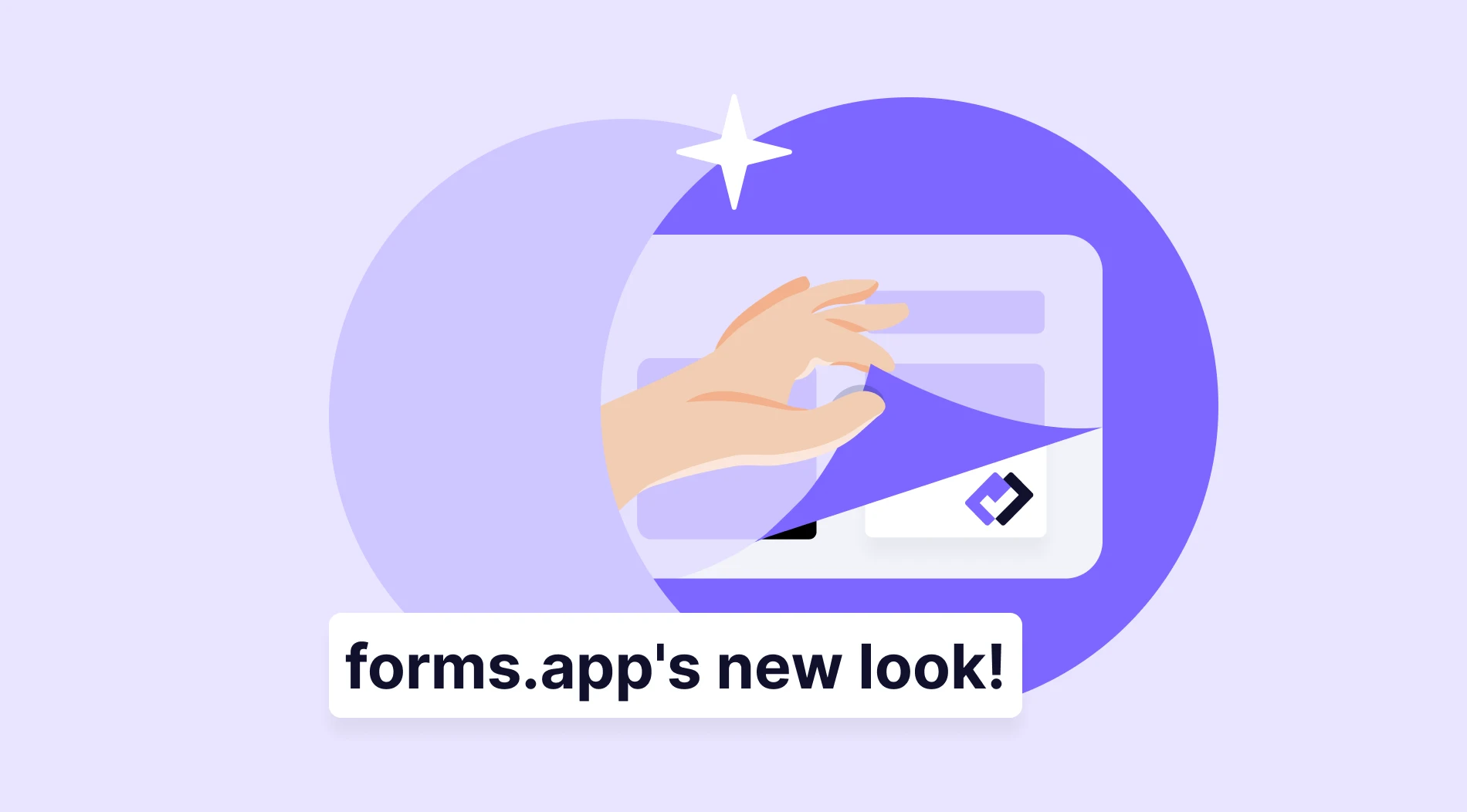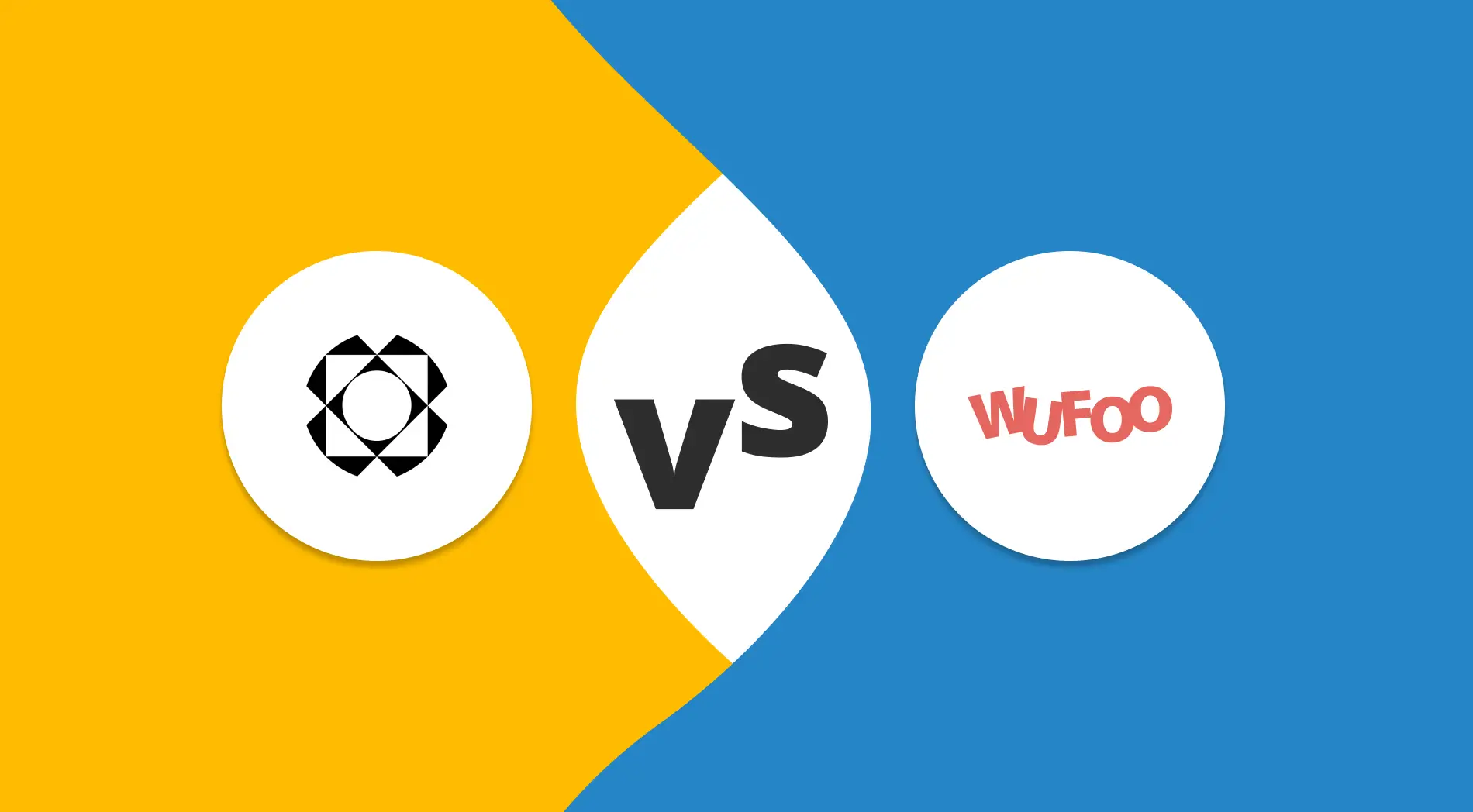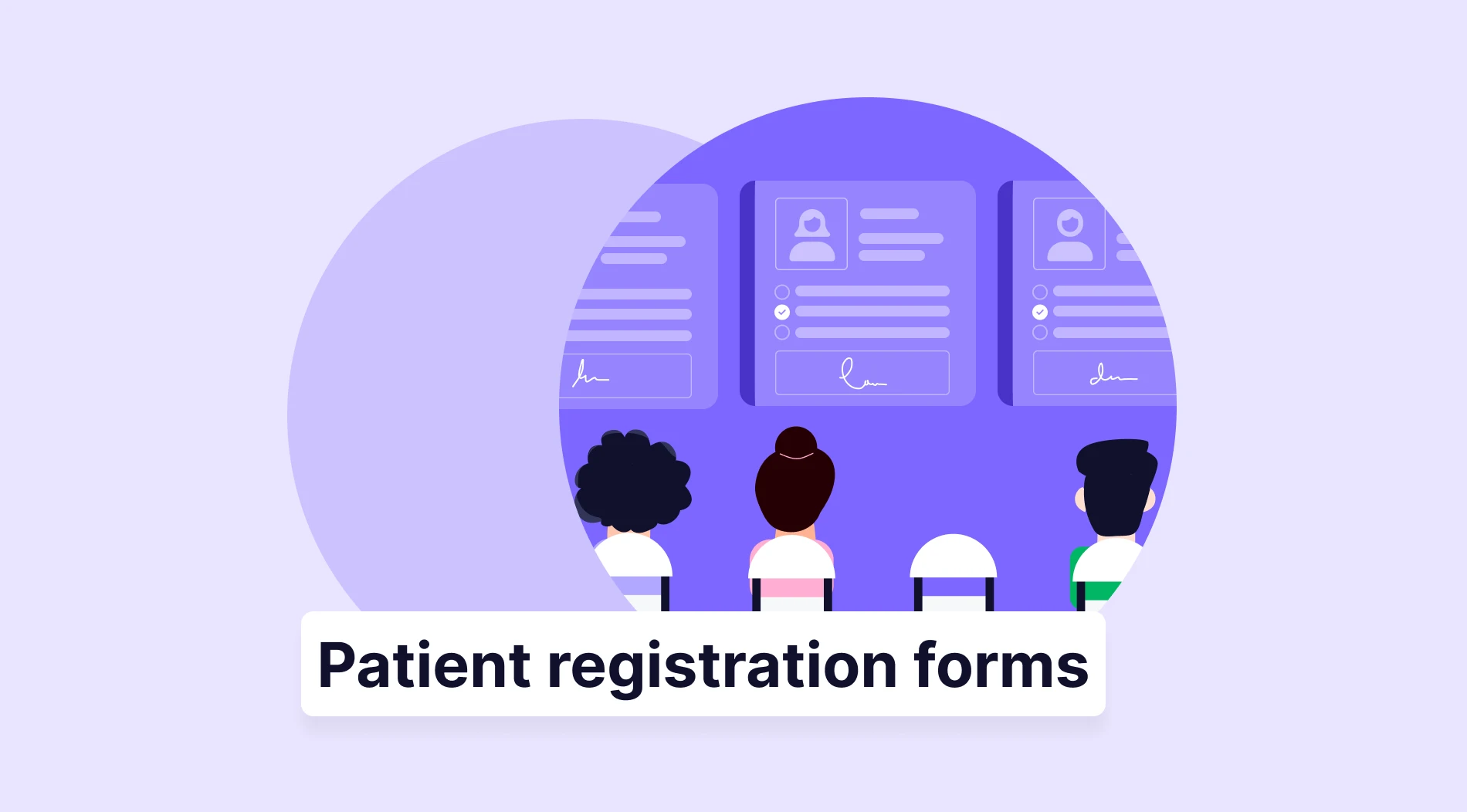Have you ever wondered why some companies have highly engaged employees? This isn't just a stroke of luck. It’s the result of deliberate strategies, with the secret lying in a well-crafted employee experience (EX) framework. Such a framework is essential for keeping employees happy—it provides clarity and direction and creates a positive work environment where they can thrive.
This article will teach you how to build a successful EX framework, and we will discuss the best practices for creating an EX framework while providing solutions to the most common implementation problems. Let’s start with the fundamental question.
What is employee experience?
EX includes everything an employee goes through from the moment they're hired until they leave the company. It includes every touchpoint, interaction, and moment that shapes how they perceive their workplace.
While EX and employee engagement are related, they are not the same. Employee engagement refers to employees' emotional commitment toward their organization and its goals. In contrast, EX is a broader concept that includes the entire employee lifecycle and all the moments around it.
A positive EX offers numerous benefits for both employees and organizations. Here are some key advantages.
For employees
- Improved morale: A positive EX leads to higher levels of job satisfaction. When employees feel valued, their overall morale improves.
- Better health and well-being: Healthier employees are more productive and take fewer sick days. Organizations that prioritize EX often provide resources for mental and physical health, resulting in lower stress levels and better well-being.
- Enhanced engagement: High engagement levels lead to a greater sense of purpose and connection with the company.
For organizations
- Lower turnover rates: A positive EX reduces employee turnover by fostering loyalty and satisfaction. This saves the organization recruitment and training costs.
- Higher productivity: Satisfied employees are more productive and deliver higher quality work. Positive EX can lead to innovation and creativity as employees feel more invested in their roles.
- Improved employer branding: Companies known for providing a great EX attract top talent more easily. A strong employer brand also enhances the organization’s reputation in the industry.
- Better customer satisfaction: Happy employees often lead to happy customers. When employees are content, they are more likely to provide excellent customer service.
- Increased profitability: Higher productivity, lower turnover, and improved customer satisfaction contribute to the organization’s bottom line. Companies with a positive EX often see better financial performance over time.
Key elements of a successful employee experience framework
Imagine walking into a job where you feel like a star player on a winning team. This is the impact of a successful EX framework. It's about making sure that everyone feels welcome, valued, and excited to be there. Let's break down the key pieces of an EX framework and see how they fit together to make everyone at work feel part of something special.

EX framework elements
1. Culture and values
Company culture isn't just about free snacks and ping-pong tables—it's the heart and soul of your organization. When your core values align with your employees' needs, it's a recipe for engagement, productivity, and employee happiness.
You must understand what matters to your employees and ensure that your culture and values align with their needs. This can involve:
- Promoting work-life balance
- Offering flexible work arrangements
- Supporting an inclusive environment
2. Technology and tools
The right technology stack can enhance efficiency and improve employee satisfaction. That’s why you should invest in tools that enhance the EX.
- Platforms like Miro or Microsoft Teams can help remote teams stay connected, promoting a sense of community.
- Project management software such as Asana or Trello can aid employees in staying focused on their tasks.
- Wellness apps such as Headspace or Calm promote mental health and work-life balance.
3. Physical work environment
A well-designed physical workspace can significantly impact productivity and employee well-being. You should create a work environment that is as conducive as possible.
- Ergonomic chairs, adjustable desks, and other furniture promote good posture.
- Designated areas for collaboration, brainstorming, and informal meetings encourage teamwork and innovation.
- Workspaces with ample natural light and greenery create a pleasant and stimulating environment.
4. Leadership and management
Good leaders inspire and empower their teams, creating a supportive work environment. For the best management practices, it is recommended that you follow these strategies.
- Lead by example—managers should embody the company's values and culture and demonstrate the behaviors they expect from their team members.
- Encourage regular, open manager-employee conversations.
- Delegate tasks and responsibilities to employees, giving them the autonomy to make decisions and solve problems.
5. Growth and development
Companies that invest in their employees' careers and continuous learning demonstrate commitment to the growth of their workforce.
- Offer workshops, training sessions, and access to conferences to help your employees develop new skills.
- If needed, provide financial assistance for employees pursuing further education or certifications related to their roles.
6. Recognition and rewards
A culture where recognition is a priority ensures that employees feel seen and valued. You should implement meaningful recognition programs to reward your top performers. Here are some ideas:
- Milestone recognition
- Peer-to-peer recognition
- Employee of the month/quarter/year awards
- Public acknowledgments during team meetings
- Customized rewards based on individual preferences
How to build an employee experience framework in six steps
Creating an EX framework guarantees that all aspects of the employee journey are considered with care and precision. To guide you in this process, here are six steps for developing a robust and effective EX framework that will enhance the overall experience of your employees.
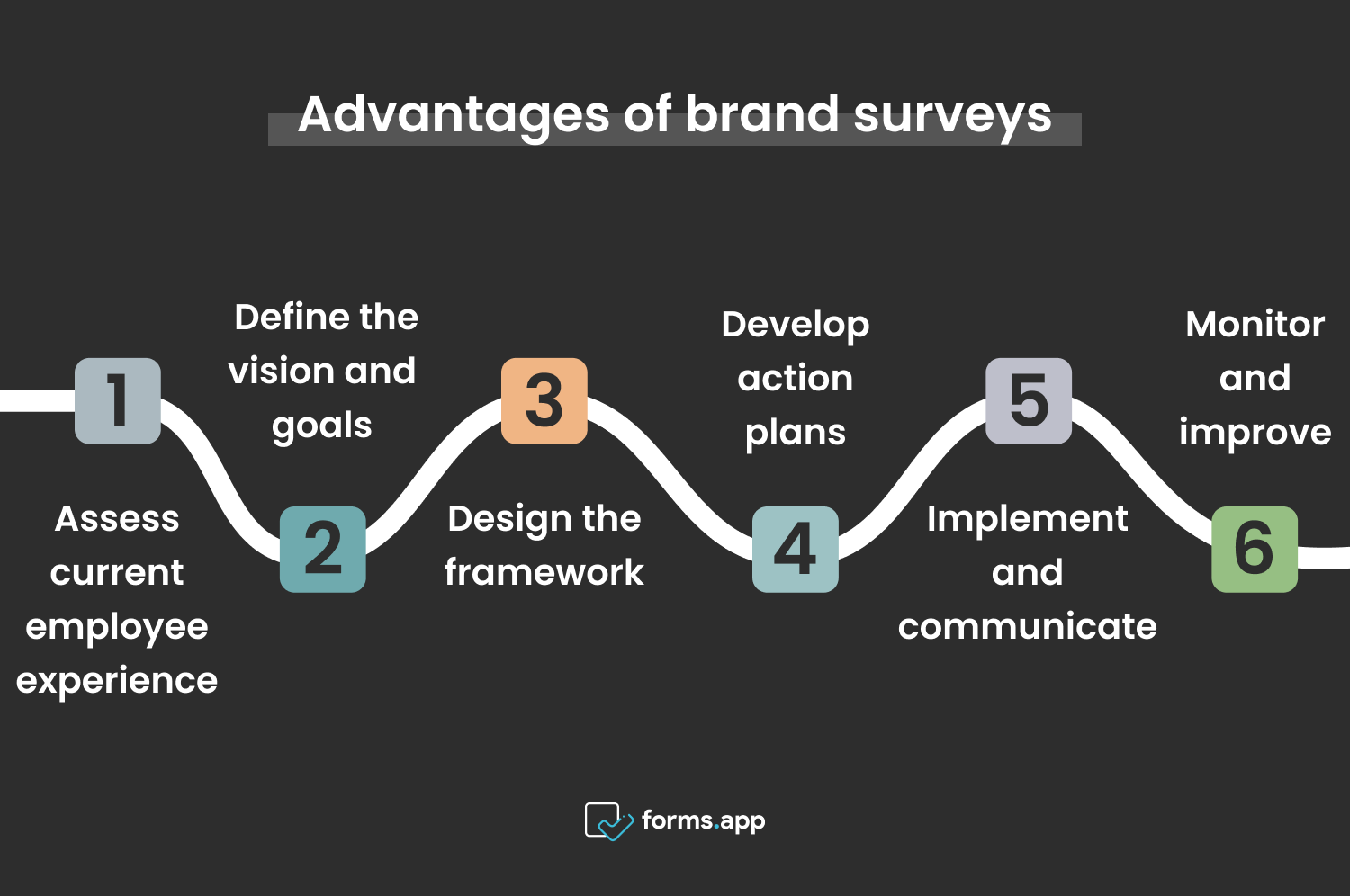
EX framework in 6 steps
1. Assess current employee experience
Start by gathering input from your employees through job satisfaction surveys and feedback sessions. To collect diverse perspectives, consider pulse surveys, 360-degree feedback, and exit interviews. forms.app is a great tool that you can use for survey design.
From the data collected, pinpoint the challenges your employees most often face. These could range from inadequate training programs to poor work-life balance.
In addition, review existing data, such as turnover rates, employee satisfaction scores, and performance metrics. These data can also help you identify trends and areas for improvement.
2. Define the vision and goals
Ensure that your EX goals align with the company's core values and mission. This alignment creates a purpose-driven work environment.
Define clear, measurable objectives for your EX program. Key performance indicators (KPIs) could include:
- Productivity levels
- Employee retention rates
- Employee engagement scores
- Employee net promoter scores
3. Design the framework
Designing the framework involves outlining your employees' roles and experiences. This process is divided into three critical sub-steps, each aimed at developing strategies to support employees throughout their careers. By following these sub-steps, you can ensure comprehensive and effective career development for your team members.
Creating employee personas
Employee personas are fictional characters representing the different types of employees within your organization. These personas help humanize data and provide a deeper understanding of your workforce’s needs, behaviors, and challenges.
This is how you generate employee personas.
- Gather data: Conduct surveys, interviews, and focus groups to collect qualitative and quantitative data about your employees.
- Identify common characteristics: Look for patterns and group employees based on common traits such as job roles, experience levels, and personal goals.
- Develop personas: Create detailed profiles that include demographics, job responsibilities, goals, challenges, and preferred communication channels.
Mapping the employee journey
This involves charting the various stages an employee goes through during their employment. It helps you visualize their entire lifecycle and identify areas for improvement.
Here's how to map the employee journey.
- Define key stages: Outline the major phases of the employee lifecycle, such as onboarding, development, engagement, and offboarding.
- Identify interactions: List all the touchpoints where employees interact with the organization, such as training sessions, performance reviews, and team meetings.
- Assess employee needs: At each stage, consider what employees need to feel supported and engaged.
- Document the journey: Create a visual representation of the employee journey that highlights key stages and interactions.
Identifying key touchpoints and moments that matter
These are critical interactions and experiences that significantly influence an employee’s perception of your organization. Identifying these elements helps to prioritize initiatives that enhance employee satisfaction.
This is how you spot the moments that matter.
- Analyze employee feedback: Review feedback from surveys, interviews, and exit interviews to identify recurring themes and critical moments.
- Engage with employees: Conduct workshops or focus groups to gain firsthand insights into what employees consider pivotal moments in their experience.
- Prioritize touchpoints: Determine which touchpoints have the most significant impact on employee engagement.
- Plan interventions: Develop targeted strategies to improve these key touchpoints and ensure that they are positive, meaningful, and aligned with your organizational values.
4. Develop action plans
You can come up with specific initiatives for each stage of the employee lifecycle:
- Recruitment: Enhance the candidate experience through transparent communication, timely feedback, and a streamlined application process.
- Onboarding: Create a welcoming onboarding program that includes comprehensive training, mentorship opportunities, and cultural integration activities.
- Offboarding: Ensure a respectful and supportive offboarding process, including exit interviews and knowledge transfer sessions.
However, not all initiatives can be implemented simultaneously. You must prioritize actions based on their impact and feasibility.
- Evaluate how each initiative will influence EX. Focus on initiatives that address critical pain points and offer significant improvements.
- Consider the resources required for each initiative, including time, budget, and personnel. Assess whether your organization has the capacity to sustain these initiatives.
- First, prioritize high-impact, high-feasibility actions. For lower-feasibility actions, develop a phased approach or seek additional resources to support implementation.
Successful execution of action plans also requires a clear assignment of responsibilities. Assign project leads and team members with specific roles and accountability.
5. Implement and communicate
Now, you should be ready to roll out the new policies and programs. Introduce them in a structured manner and communicate the changes and their impact clearly.
- Offer resources to help employees adapt to the new policies and programs. This can include online tutorials or in-person training sessions.
- Designate ambassadors who can help promote the new policies and encourage their colleagues to adopt the changes.
6. Monitor and improve
People’s opinions can change over time. That’s why you should frequently collect feedback from employees to understand whether there’s a shift in their experience. Also, tracking the KPIs you previously established can help you quantify the effectiveness of your initiatives.
Utilize data analytics tools to process the information and generate reports that highlight key findings. Look for patterns and correlations that can reveal underlying issues or successful practices. For example, if a particular department consistently shows lower engagement scores, it might indicate a need for targeted interventions.
Continuously iterate and refine your EX framework. This means being agile and willing to adapt based on feedback and changing circumstances. Implement changes in small, manageable increments and monitor their impact closely.
Tools and resources for building an employee experience framework
To ensure that your EX framework works best, you’ll need to utilize various tools to gather insights, track progress, and make informed decisions. Here's an overview of the key categories and examples of the tools you can use.
Employee survey tools
Looking to gather valuable insights from your employees? Employee survey tools offer a convenient way to assess satisfaction. Here are three top options.
- forms.app is a versatile online form builder that allows you to create custom employee surveys.
- SurveyMonkey provides customizable templates and analytics to help you analyze employee feedback.
- Qualtrics is a survey platform with pre-built questions and industry benchmarking.
Journey mapping software
Journey mapping tools are essential for outlining the steps of an employee’s lifecycle. These are some top picks:
- Smaply offers journey mapping capabilities with features for visualizing complex employee experiences.
- UXPressia provides an intuitive platform for creating detailed journey maps and personas.
- Custellence allows for journey maps and collaborative features, making it easier to share insights across teams.
Collaboration and communication platforms
Most workplaces rely on platforms to bridge the gap between team members, whether they're in the same room or across the globe. Here are some standout collaboration tools:
- Google Workspace connects email, Docs, Drive, and Meet, enabling seamless collaboration and document sharing for teams on the go.
- Zoom provides high-quality video conferencing and collaborative features like break-out rooms and whiteboarding, making it perfect for remote brainstorming sessions.
- Slack streamlines communication with its intuitive channels, facilitating quick exchanges and deep app integrations.
Learning and development systems
These systems are designed to provide employees with resources to expand their knowledge and skills. The following platforms provide educational materials and training sessions tailored to various industries and jobs.
- LinkedIn Learning tailors educational content to each employee's professional aspirations, offering a personalized growth journey.
- Coursera for Business brings the academic strength of university-led courses right into the workplace.
- Skillshare focuses on creative and entrepreneurial skills.
Analytics and reporting tools
Having the right analytics and reporting tools is crucial for tracking the success of your EX framework. Here are some top picks.
- Tableau lets you create interactive dashboards, facilitating EX metric analysis.
- QlikView provides advanced analytics capabilities, allowing you to draw insights from employee data.
- Microsoft Power BI is a tool that integrates with various data sources, providing key insights into EX trends.
Employee experience framework examples
Companies use various EX frameworks to satisfy their workforce. Below are three real-world examples of successful EX frameworks meant to illustrate how different organizations have crafted their strategies to enhance employee engagement and well-being. Use them to draw inspiration and develop your own EX framework.
Omio: Using data to navigate crisis
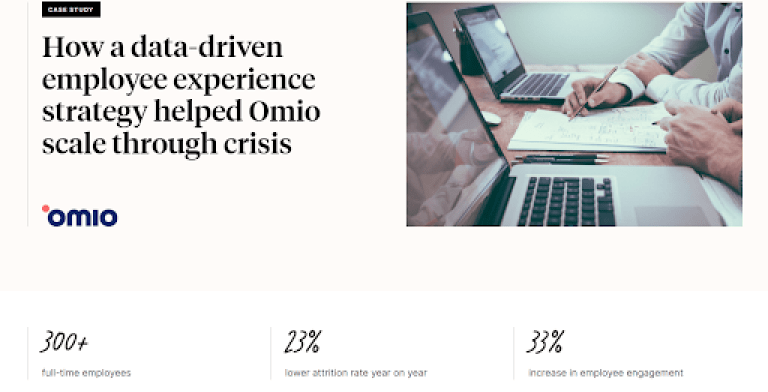
Homepage of Omio
Omio, an international travel booking platform, faced a challenge during the pandemic. The company wanted to move beyond superficial engagement measures and discover what truly mattered to its employees.
Seeking a solution, Omio collaborated with CultureAmp to conduct engagement surveys. It committed to regular surveys to track progress and ensure that collected feedback led to actionable insights.
What can you learn from this example?
- When facing organizational setbacks, assess employee sentiment to identify immediate concerns.
- Effective communication between leadership and employees can help articulate the need for new initiatives and showcase their benefits.
- Design employee engagement surveys to gather consistent and actionable feedback.
- Develop action plans based on survey insights.
Macmillan: Empowering employees
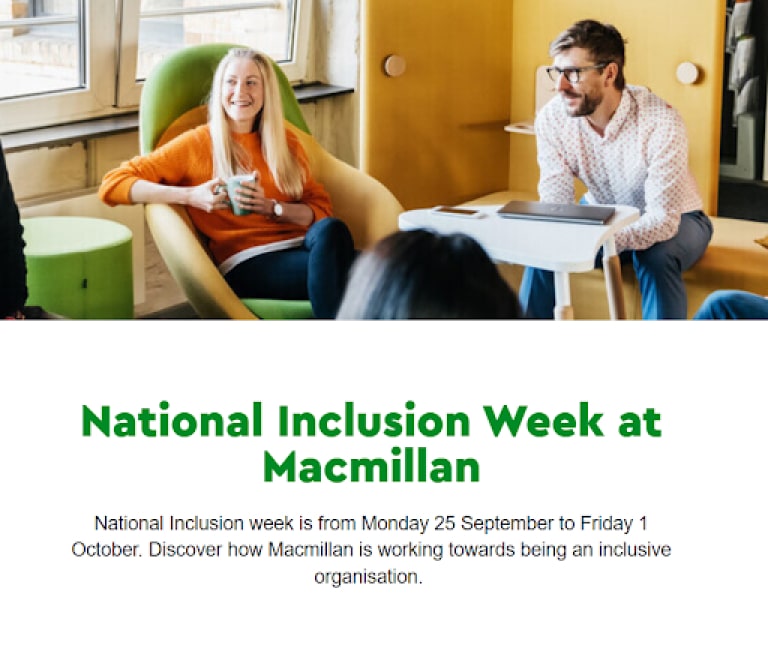
Homepage of Macmillan
Macmillan, an organization that supports cancer patients, understands the importance of a caring workforce.
It focuses on initiatives that start with listening to employee suggestions and taking action based on their feedback. By considering inclusivity and addressing the needs of marginalized groups, Macmillan ensures that its workplace is equitable and responsive to all employees.
What can you learn from this example?
- Don't assume what employees need—ask them directly and listen carefully.
- Create safe spaces for employees to share their suggestions.
- Ensure that employees feel heard and that their feedback is taken seriously.
- Celebrate the significant impact of employee-led initiatives, showcasing the tangible and meaningful difference they make.
Bryter: Building stronger employee relationships
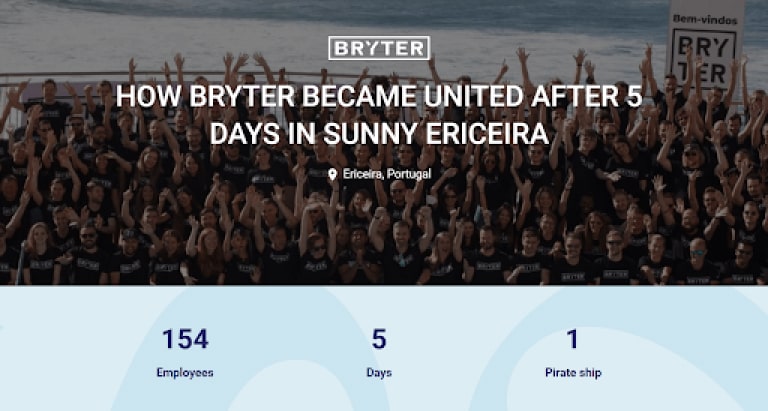
Homepage of Bryter
As a fully remote organization, Bryter needed to find ways to foster collaboration in the workplace despite the physical distance.
Therefore, they invested in regular team retreats to create bonding through social activities and shared experiences. Remote work can sometimes feel isolating, so creating opportunities for employees to connect can improve their experience.
What can you learn from this example?
- Even in remote settings, schedule time for teams to work and socialize.
- Retreats and events can create lasting memories and strengthen team bonds.
- Encouraging colleagues to interact in various settings helps build a more cohesive team.
- Create online communities for employees to connect and share interests outside of work.
Challenges and solutions
Building and maintaining an EX framework comes with its own set of challenges. These can range from communication issues to resistance to change. Addressing these challenges effectively is crucial for creating a positive EX. Here are some common issues and actionable tips to overcome them.
Inconsistent communication
Poor communication can hinder the success of EX initiatives. Without clear and consistent messaging, employees may feel disconnected and uncertain about the goals and benefits of the EX framework. This disconnection can result in a lack of engagement and a feeling that their voices are not heard, ultimately affecting productivity and morale.
Solutions
- Use multiple channels to reach different segments of the workforce and encourage two-way communication.
- Develop a comprehensive communication plan to ensure transparent messaging about the EX framework.
- Consider visual aids like videos or infographics to convey complex information.
- Train managers on the best ways to communicate effectively in the workplace.
- Regularly update employees on initiatives, progress, and results.
Inadequate leadership support
Successful EX frameworks require strong leadership backing. When leaders do not understand the importance of EX, it becomes difficult to implement effective initiatives. Without leadership support, these initiatives can lack the necessary resources to succeed. Leaders set the tone for organizational culture, and their endorsement is vital for driving change and ensuring alignment with strategic goals.
Solutions
- Demonstrate the business value of a strong EX.
- Engage leaders early in the process to gain their commitment.
- Regularly update leadership on progress and successes to maintain their engagement.
Resistance to change
People might resist new processes and cultural changes. This can stem from fear of the unknown, comfort with the status quo, or skepticism about the benefits of the EX framework. Resistance to change can slow down the adoption of new initiatives. That’s why addressing these concerns proactively is crucial for smooth transitions and fostering a culture that embraces innovation and continuous improvement.
Solutions
- Educate employees and management on the benefits of the EX framework.
- Provide employees and management with a comprehensive guide outlining the steps in implementing the new EX framework.
- Address their concerns with empathy and consideration.
- Recognize and reward employees who are open to change and willing to adapt.
Final words
Investing in your employees' experience is more than creating a positive workplace culture; it's about driving tangible business results.
Now is the perfect time to start building or refining your employee experience framework. Involve your employees in decision-making and continuously gather their feedback to make improvements.
Begin today and watch how a well-structured employee experience framework transforms your company.
Sena is a content writer at forms.app. She likes to read and write articles on different topics. Sena also likes to learn about different cultures and travel. She likes to study and learn different languages. Her specialty is linguistics, surveys, survey questions, and sampling methods.
